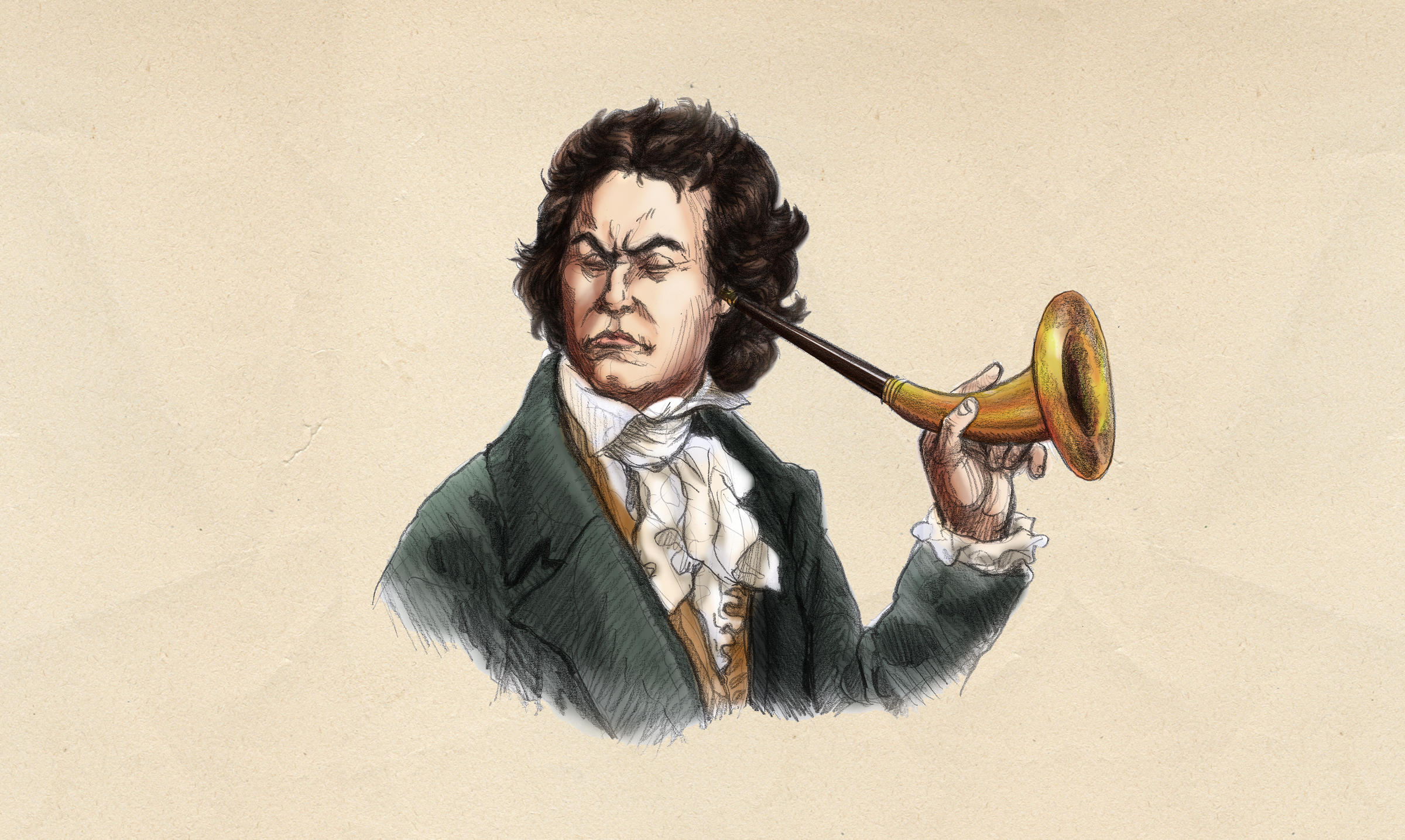Ludwig van Beethoven’s Piano Sonata No. 29 in B-flat major, Op. 106, commonly known as the Hammerklavier Sonata, is one of the most monumental works in the piano repertoire. Composed between 1817 and 1818, this sonata represents a turning point in Beethoven’s late period, showcasing his innovative approach to form, harmony, and technical difficulty.
Origins and Context
By the time Beethoven composed the Hammerklavier Sonata, he was already profoundly deaf, which makes the complexity and visionary nature of this work even more astonishing. The sonata was commissioned by Archduke Rudolf, one of Beethoven’s most loyal patrons and students. It was during this period that Beethoven was grappling with both personal struggles and artistic transformations, pushing the boundaries of piano composition beyond what had previously been conceived.
The title Hammerklavier, which translates to “hammer keyboard,” was Beethoven’s preference over the Italian term “pianoforte,” emphasizing the German heritage of the instrument. This was part of a broader movement in which Beethoven sought to establish a distinct German musical identity.
Structure and Innovations
The Hammerklavier Sonata is structured in four movements and lasts approximately 45–50 minutes, making it one of the longest and most technically demanding sonatas Beethoven ever composed.
- Allegro – The first movement opens with a commanding and grand theme, filled with bold leaps and intricate counterpoint. Beethoven’s use of extreme registers and rapid tempo sets an intense and dramatic tone.
- Scherzo: Assai vivace – A brief but highly energetic movement, the scherzo contrasts playfulness with moments of rhythmic complexity and unexpected harmonic shifts.
- Adagio sostenuto – The slow movement is a profound and deeply expressive meditation, often regarded as one of Beethoven’s greatest achievements in lyricism. Its expansive, almost symphonic structure foreshadows later Romantic composers.
- Largo – Allegro risoluto – The final movement is a monumental fugue, demonstrating Beethoven’s mastery of counterpoint. It is filled with rhythmic drive, harmonic experimentation, and an almost orchestral density, making it one of the most formidable technical challenges for pianists.
Reception and Influence
At the time of its composition, the Hammerklavier Sonata was considered nearly unplayable due to its extreme technical demands. It was not performed in public during Beethoven’s lifetime, and early pianists struggled to comprehend its intricacies. However, over time, the sonata gained recognition as one of the supreme achievements in piano literature.
Later composers such as Franz Liszt, Johannes Brahms, and even 20th-century figures like Igor Stravinsky admired the sonata’s complexity and forward-thinking approach to harmony and structure. Today, it remains a staple of the concert repertoire and a true test of a pianist’s interpretative and technical abilities.
Conclusion
The Hammerklavier Sonata stands as a testament to Beethoven’s genius and his ability to transcend the limitations of his time. It is not only a technical marvel but also a deeply philosophical work, reflecting Beethoven’s unyielding artistic vision. Despite its initial reception, it has become one of the most revered compositions in the piano canon, continually inspiring both performers and audiences with its audacity and depth.


Comments are closed